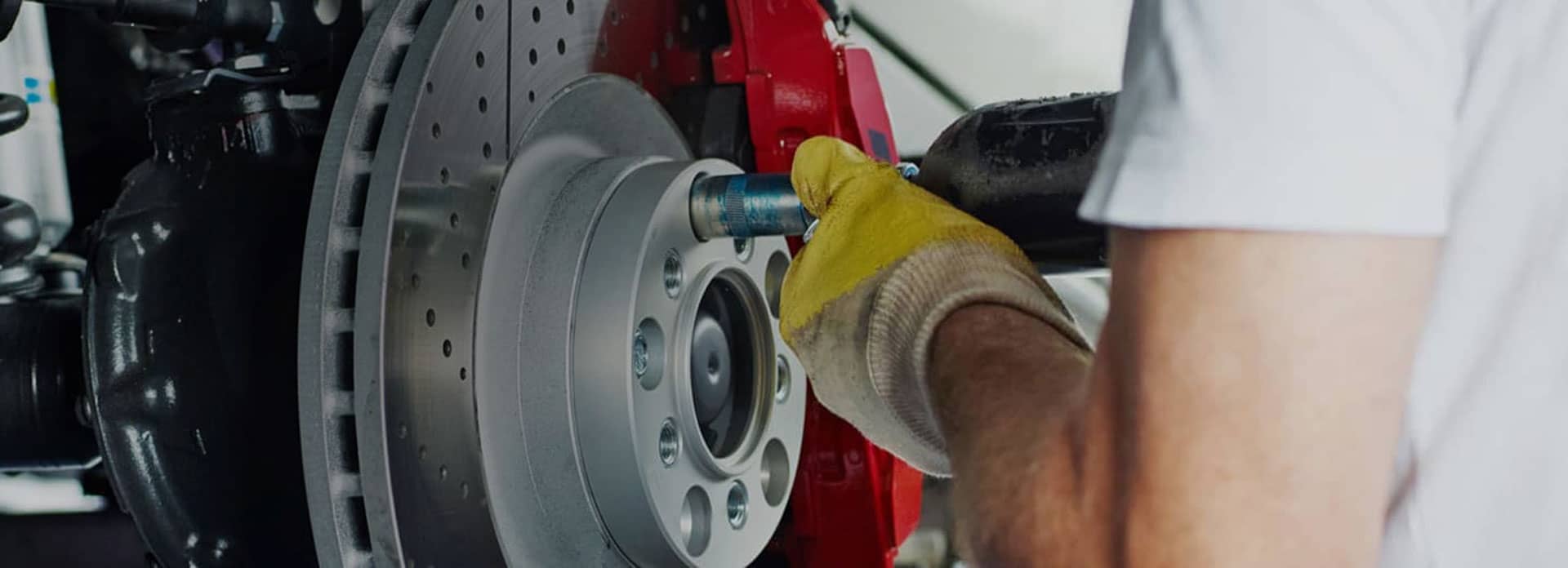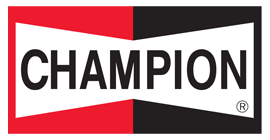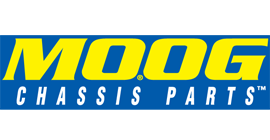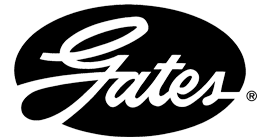
AUTONET TV
Archive for May 2021The Sign of the Shield (Heat Shield Repair and Replacement)Posted May 30, 2021 7:59 AMEven in the months where temperatures are cooler, heat is still an enemy of your vehicle. When your engine runs, it creates heat, so there are numerous heat shields that protect other parts from those higher temperatures. Heat shields are installed around several areas of the exhaust system. Others prevent heat from reaching parts of the vehicle. Still others prevent heat from reaching the ground (or maybe grass underneath) and starting a fire. If you remember your space travel history, you'll know how important a heat shield can be. John Glenn was the first American to orbit the earth, but during that maiden orbital flight, a sensor on board was indicating the heat shield on his capsule, Friendship 7, was loose. If it had come off, his spacecraft could have burned up upon re-entry. Fortunately, the heat shield stayed on, and Glenn made history. Unfortunately, the heat shields on your vehicle don't have warning systems like the space vehicles did. So you have to maintain them. Heat shields are constantly exposed to elements like water, salt, sand and dirt. That makes them prone to rusting and corroding. Here's one unfortunate fact: Materials that make them good at preventing heat transmission also are soft and vulnerable, often aluminum or special fabric. One sign a heat shield will give you that it's loose is noise; you'll sometimes hear it rattling underneath your vehicle when it's running. One way to locate it? Put your vehicle in park, leave the engine running and take a listen outside. It's usually pretty easy to pinpoint the location. Make a note of the noise when you are talking with your service advisor. It's important to have those heat shields working correctly so the heat is kept away from your other vehicle systems and combustibles on the ground. The good news is that heat shields can frequently be inexpensively repaired or re-attached. In other cases, they should be replaced. Missing or loose heat shields? Let's just say they're not cool. TJ's Auto Center Inc. Free Money (Almost) (Fuel Saving Tips)Posted May 23, 2021 8:44 AMYou spend a lot of money on a vehicle, probably the most money you'll spend on anything except a house. But the spending doesn't stop after you've bought it. It goes into things like insurance, repairs and fuel. One good piece of news is that you can cut down the amount you spend on fuel if you follow a few tips. Keep your speed under 50 mph/80 kph. Anything over that and your fuel economy will go down quickly the faster you go. Sure, you can legally drive faster than that, but practice this one tip and it can save you from 7%-14% on fuel. Use cruise control. The steady speed increases fuel economy by avoiding unnecessary braking and accelerating. If your vehicle is carrying unnecessary weight, unload it. If you can save 100 pounds/45 kilograms, it can save you 1% of your fuel. Don't idle. Let's say you're sitting in a parking lot with your engine running for 10 seconds. Any more and you're wasting fuel. Turn off your engine and start it when you have to get going. You may have noticed that many newer vehicles automatically turn the engine off when the vehicle stops. Avoid using a roof rack. A cargo box strapped on the top of your vehicle can reduce your fuel economy by 2%-8% in city driving, by 6%-17% on the highway and by 10%-25% at highway speeds over 65 mph/105 mph. Also, if you have roof rails on your vehicle with crossbars, you can save 1% of fuel simply by storing them somewhere else. Some vehicles like Chrysler's Pacifica minivan allow you to store the crossbars inside the roof rails to reduce drag. Keep tires at their recommended inflation. It can save you 3% of your fuel bill. Use the right motor oil for your vehicle. Using the wrong kind can cost you 1%-2% more money on fuel. Sure, many of those savings are small on their own. But add them up and you'd be surprised at how much you can save. Also, keep in mind that a well maintained vehicle will also save you fuel, so make regular maintenance trips to your vehicle service facility. TJ's Auto Center Inc. How Much Does It Cost? (Variations in Vehicle Repair Costs)Posted May 16, 2021 8:38 AMEver wonder why it costs so much more to fix a similar problem in two different vehicles? Let's say you now own an SUV and before that, you owned a car. Your SUV's air conditioning system needs a new evaporator, but the cost for the new one is way more than you remember it was for your car. How can there be that big of a difference? There are many reasons. For one thing, vehicles aren't all the same. Yes, they have engines and steering wheels and suspensions, but engineering and design can vary widely among different styles and brands. In the case of replacing the evaporator, the one in your former car may have been located in a spot where the technician could get to it easily. Plus, the part may have been less complicated and, therefore, cheaper. Your SUV may require the entire dashboard to be removed with special tools to detach the a/c lines from the evaporator. Plus, since it is supplying cool air to a bigger cabin, it may be more complicated; the part itself may cost quite a bit more. But you're not an expert, so how do you know the price is fair? This is where it helps to establish a good, long-lasting relationship with a reputable service repair facility. They know you, they know your vehicle and they value keeping you as a customer. A facility that doesn't care about repeat business may try to suggest more repairs than are needed or inflate their prices. But those shops are unlikely to stay in business very long since their reputation gets around. If you've been taking your vehicles to the same shop for several years, you've had experience with them and know their policy on labor costs and parts prices. At some point you may wonder if it's worth it to keep putting money into your vehicle, and if you know your service advisor, you have developed a trust for his or her advice. Keep this in mind, too. Vehicle designers and engineers have made significant progress in things like powertrain technology and rust prevention. That means today's vehicles are meant to last longer. One study in a major consumer magazine shows that if you can keep your vehicle on the road for 200,000 miles/320,000 km, an average of 15 years, some vehicles can save you up to $30,000 or more. Investing in repairs can make a lot of sense. TJ's Auto Center Inc. Passing the Test (How to Prevent Emissions Test Failure)Posted May 9, 2021 7:21 AMVehicle emission testing has become ubiquitous in North America and for a good reason. Clean air quality is important for the environment and all of us. Since vehicle emissions are among the main causes of air pollution, emission testing can alert you to problems in your vehicle than can be fixed so it won't needlessly pollute. Emissions tests are looking for certain toxic gases internal combustion engines produce, such as nitrogen oxide, particulate matter, non-methane organic gases and formaldehyde. Emissions control systems reduce these gases if they are working properly. The best way to minimize pollution is to keep those vehicle systems working properly, and periodic inspection and maintenance is the key. So if you want to make sure your vehicle will pass an emissions test, it helps to know what might go wrong. Let's start on the easy one. Your gas cap could be loose, allowing vapors to escape into the atmosphere. The most common solution is to replace it. Or your air filter may be dirty. A dirty air filter may push your hydrocarbons pass the acceptable level. Now to the more complicated things. The mixture of fuel and air in your engine may be tilted toward the "too much fuel" side. That could cause problems for your vehicle's catalytic converter, a device that converts toxic gases from your exhaust into less toxic pollutants. Your vehicle has a closed system that prevents fuel tank vapors from escaping into the air; it's called the EVAP system. A technician can track down problems. Vehicle engineers have gone to great lengths to minimize the amount of pollution your vehicle produces. Your vehicle's manufacturer recommends how frequently those systems need servicing. Keep those systems in good shape and you're likely to pass emissions tests with flying colors. Neglect them and you might find your vehicle failing an emissions test. When that happens, you'll have to get the problems repaired before you can get back on the road. TJ's Auto Center Inc. Beware of Potholes! (Avoiding Pothole Damage)Posted May 2, 2021 9:07 AMYou may live in a region where roads become pockmarked with craters known better as potholes. They're caused by moisture seeping through a compromised road surface that can freeze, expand and literally punch holes in the road. And when your vehicle hits one of those holes that's big enough, the impact can flatten a tire, bend a wheel or tear apart a suspension component. To minimize pothole damage, leave enough room between you and the vehicle in front of you so you can see the road surface and any upcoming potholes. That way you'll have time to slow down and steer around them. Also, if you see what looks like a puddle of water, it may be hiding a pothole underneath, so treat it as if was a pothole. If you keep your tires inflated to the manufacturer's specifications, they're more likely to withstand hard impacts. And the slower you're going when you hit a pothole, the less likely you are to break something. But if you do find you've hit a pothole pretty hard, here are some signs to watch out that could signal damage.
These are all symptoms you should have checked at your vehicle repair facility as soon as you can. The longer you wait, the more damage you may be doing. You also may find after hitting a pothole hard that the tire on that wheel is flat. Try not to drive any more on that tire since you could do a lot more damage to the tire and/or wheel. A call to roadside assistance may save you money in the long run by limiting the damage to what's already done. TJ's Auto Center Inc. | ||
SearchArchiveJune 2010 (71)July 2010 (4) August 2010 (4) September 2010 (4) October 2010 (4) November 2010 (4) December 2010 (4) January 2011 (4) February 2011 (4) March 2011 (4) April 2011 (5) May 2011 (5) June 2011 (4) July 2011 (4) August 2011 (5) September 2011 (4) October 2011 (4) November 2011 (5) December 2011 (4) January 2012 (5) February 2012 (2) March 2012 (5) April 2012 (4) May 2012 (5) June 2012 (4) July 2012 (5) August 2012 (4) September 2012 (4) November 2012 (1) December 2012 (2) March 2013 (1) April 2013 (3) May 2013 (2) October 2013 (5) November 2013 (2) January 2014 (2) February 2014 (3) March 2014 (1) July 2014 (4) August 2014 (7) September 2014 (4) October 2014 (5) November 2014 (4) December 2014 (5) January 2015 (4) February 2015 (4) March 2015 (4) April 2015 (4) May 2015 (3) June 2015 (5) July 2015 (2) September 2015 (2) October 2015 (4) November 2015 (5) December 2015 (2) February 2016 (2) March 2016 (4) April 2016 (4) May 2016 (5) June 2016 (4) July 2016 (5) August 2016 (4) September 2016 (4) October 2016 (5) November 2016 (4) December 2016 (4) January 2017 (5) February 2017 (4) March 2017 (4) April 2017 (3) May 2017 (5) June 2017 (4) July 2017 (5) August 2017 (4) September 2017 (2) October 2017 (5) November 2017 (4) December 2017 (3) January 2018 (5) February 2018 (4) March 2018 (4) April 2018 (4) May 2018 (4) June 2018 (4) July 2018 (5) August 2018 (4) September 2018 (5) October 2018 (3) March 2019 (4) May 2019 (2) June 2019 (5) July 2019 (2) August 2019 (1) September 2019 (4) October 2019 (5) November 2019 (4) December 2019 (5) January 2020 (5) February 2020 (4) March 2020 (5) April 2020 (1) May 2020 (2) July 2020 (1) August 2020 (5) September 2020 (4) October 2020 (4) November 2020 (5) December 2020 (4) January 2021 (6) February 2021 (4) March 2021 (4) April 2021 (4) May 2021 (5) June 2021 (4) July 2021 (4) August 2021 (5) September 2021 (3) October 2021 (5) November 2021 (4) December 2021 (4) January 2022 (6) February 2022 (4) March 2022 (4) April 2022 (4) May 2022 (5) June 2022 (4) July 2022 (5) September 2022 (4) October 2022 (5) November 2022 (4) December 2022 (4) January 2023 (5) February 2023 (4) March 2023 (4) April 2023 (5) May 2023 (4) June 2023 (4) July 2023 (5) August 2023 (4) September 2023 (3) October 2023 (2) January 2024 (1) February 2024 (4) April 2024 (1) May 2024 (3) June 2024 (5) July 2024 (4) August 2024 (4) September 2024 (5) October 2024 (4) November 2024 (4) December 2024 (4) | CategoriesWinter Prep (6)Tire Pressure Monitoring System (1)Shocks and Struts (4)Engine Air Filter (4)Warranty (1)Headlamps (6)Alignment (9)Check Engine Light (5)Maintenance (19)Parts (1)Differential Service (3)Cabin Air Filter (3)Steering (12)Fluids (8)Cooling System (10)Tires and Wheels (6)Tire Rotation and Balancing (4)Drive Train (5)Exhaust (11)Older Vehicles (2)Automotive News (4)Wheel Bearings (2)Fuel System (10)Service Intervals (3)Service Standards (5)Air Conditioning (10)Inspection (5)Battery (13)Brakes (17)Keys to a long lasting vehicle (2)Timing Belt (5)Fuel Economy (8)Transmission (5)Alternator (7)Auto Safety (5)Safety (2)What Customers Should Know (83)Fuel Saving Tip: Slow Down (2)Dashboard (1)Windshield Wipers (3)Oil Change (9)Customer Detective Work (1)Shocks & Struts (3)Safe Driving (1)Water Pump (2)Tires (12)Suspension (2)TPMS (3)Spark Plugs (2)Winter Tires (1)Fuel Pump (1)Brake Service (6)PCV Valve (1)Trip Inspection (2)Transfer Case Service (1)Fuel Filter (1) | |

OUR REVIEWS


Howard L.The business always does a great job and takes care of him. They are very polite.











